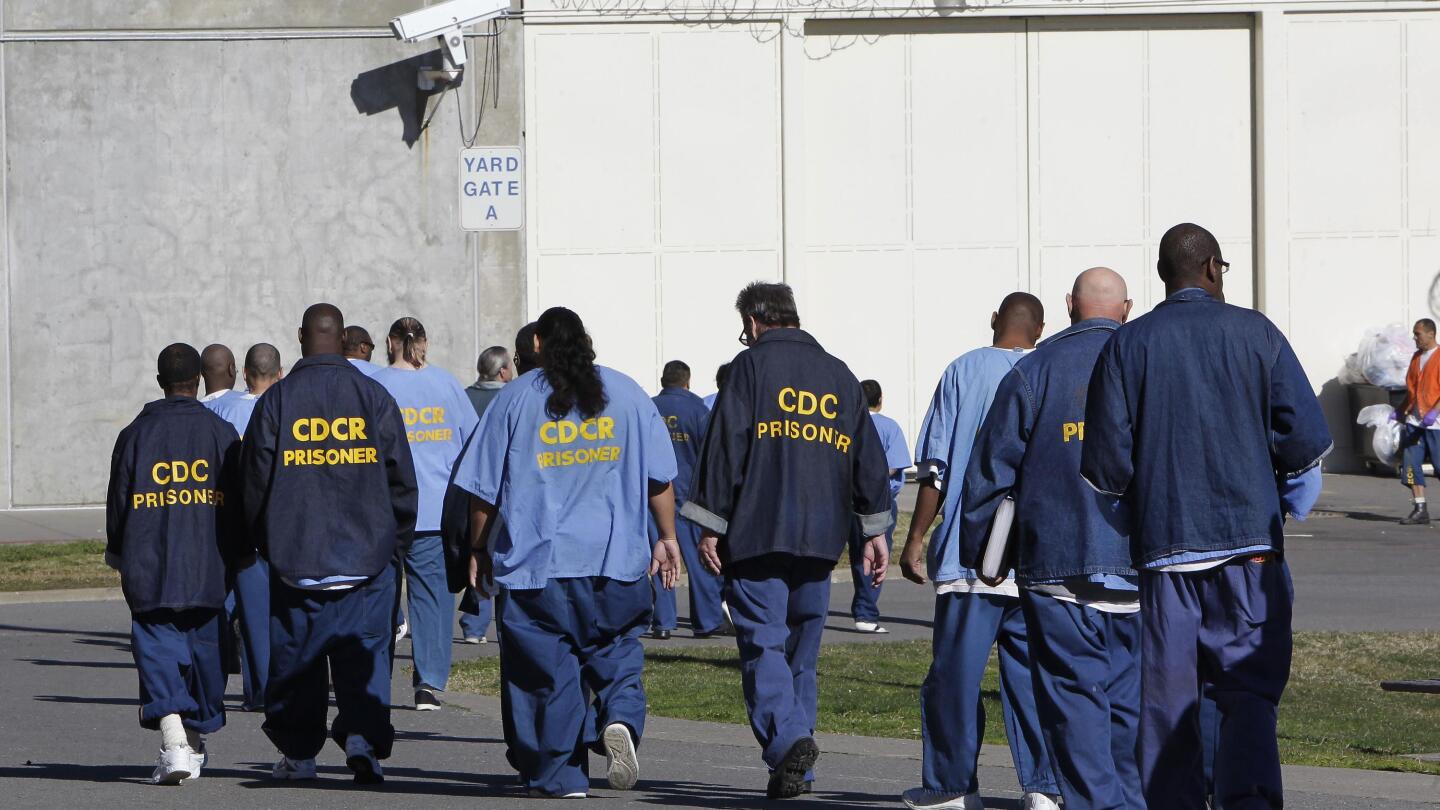And melamine in infant formula not too many years back.
Back when I was selling Japanese bicycles they would often come in such 'cheap' cardboard boxes that they would be falling apart and breaking down into a dusty powder.
At the bicycle shop we joked that they were returning the remaining radioactive dust from Hiroshima and Nagasaki.
Shit happens when it isn't regulated.
Just look at what happened in the food industry here before regulations were enacted.
---------------------------------------------------------------------------------------------------
"From the 1860s through the early 1900s the US saw rapid changes in food technology, from canning to chemical additives that deterred (and sometimes hid) spoilage of the food. The adulteration of food became a very real concern for the average consumer. After extensive food adulteration investigations, the chief chemist of the USDA recommended passage of a national food and drug law that would allow regulation and enforcement by the federal government. This proposal failed, as did roughly 100 bills passed in this 25 year time period.
While such inaction may seem unreasonable in hindsight, Congress was not purposely absent on this matter; they simply left the regulation of food to the states and localities. Two examples of affirmative action include the Tea Importation Act, which allowed customs inspection of all tea entering US ports with costs paid by the importer, and the Biologics Control Act, which was passed to ensure the purity and safety of products to prevent disease, and to study chemical preservatives & colors and their effect on health. Perhaps the most significant law during this time was The Oleomargarine Act of 1886, which not only taxed margarine, but heavily taxed margarine colored to look like butter. The courts affirmed this federal regulation in McCray v. United States (1904), 195 U.S. 27.
Everything changed in 1906, arguably due to Upton Sinclair’s book, The Jungle. An exposure of the filthy conditions of Chicago slaughterhouses, Sinclair brought to light terrifying practices running rampant in the food trade, including “tuberculosis beef.” The outcry from this book led President Theodore Roosevelt to begin an investigation, resulting in the Neill-Reynolds Report. The findings of the report combined with the outcry from the book led to the quick passage of the Pure Food and Drugs Act of 1906, which prohibited interstate commerce in misbranded and adulterated foods, drinks, and drugs. The Act required that active ingredients be placed on the label of a drug’s packaging, and directed the Bureau of Chemistry to inspect products and refer offenders to prosecutors. The Meat Inspection Act, was passed the same day, and was housed in a different department, now known as the Food Safety and Inspection Service. While often perceived as related, from this day on the fates of food and drugs became inextricably intertwined in the United States.
For the next 22 years the Pure Food and Drugs Act allowed the Department of Agriculture, and the courts, to make drastic changes in how the country consumed food. Quickly following amendments and cases prohibited false therapeutic claims, required conspicuous labeling, and banned misleading statements on packaging. The power was not absolute however, as the courts held the government could not ban food additives without showing how the additive caused harm.
In 1927 the Bureau of Chemistry was reorganized into two groupings: the Food, Drug, and Insecticide Administration, and the Bureau of Chemistry and Soils; by 1930 the former was renamed the Food and Drug Administration. Within a few years the FDA called for new regulations claiming that the 1906 act was obsolete. In 1937 the Elixir of Sulfanilamide killed 107 persons, dramatizing a need to establish drug safety before marketing, and to revamp the existing frameworks.
In 1938 Congress passed the Federal Food, Drugs, and Cosmetic Act, with several new provisions. The FDA now had control of cosmetics and therapeutic devices, set safe tolerances for unavoidable poisonous substances, was authorized to inspect factories, and was authorized to set standards of identity and quality. This Act was the beginning of the FDA we knew today. While specific regulations have grown in a piece-meal matter since the Act was passed, and the FDA’s power has grown through a variety of amendments related to the safety of food and drugs. As of 1988 the FDA is no longer part of the Department of Agriculture, but is a part of the Department of Health and Human Services. The Food Safety and Inspection Service still remains a part of the Department of Agriculture, and both the FDA and FSIS still control and regulate food in the United States. Today, the FSIS has primary responsibility for meat, poultry, and eggs; the FDA is primarily responsible for most other food products."


:max_bytes(150000):strip_icc():focal(516x269:518x271)/huge-sturgeon-1950f2c5b66b45ea809453bc671c3a30.jpg)






